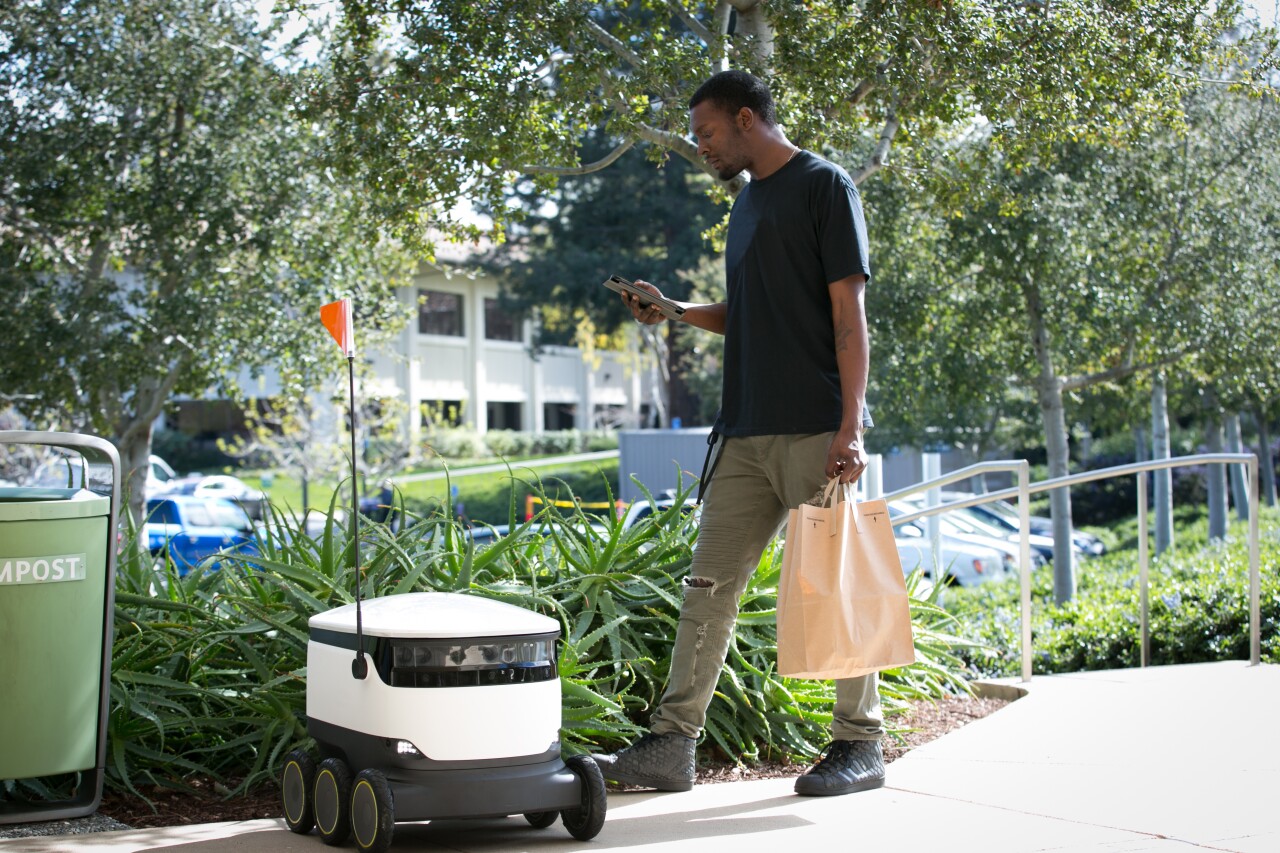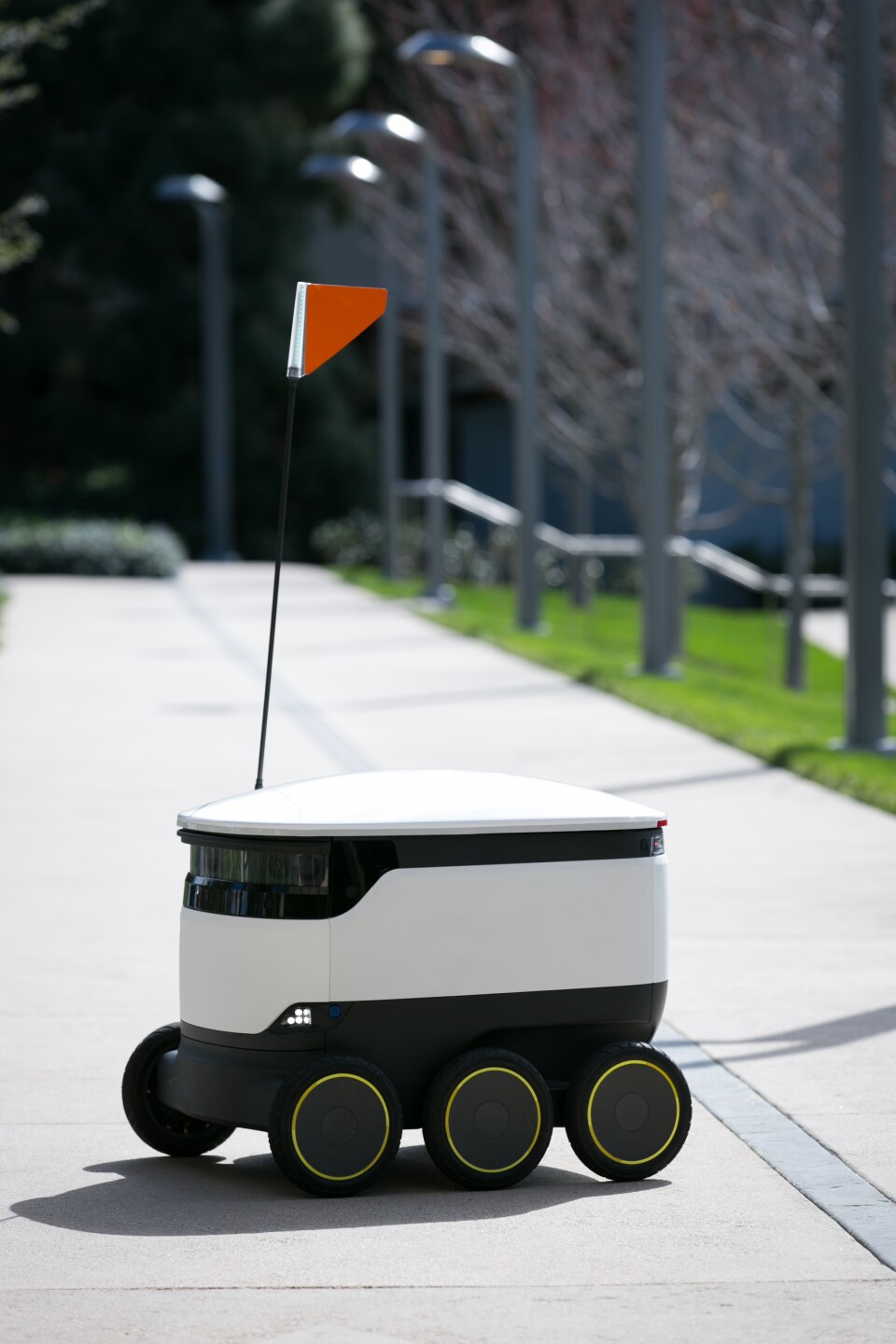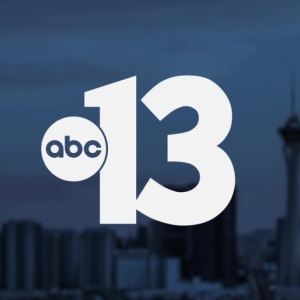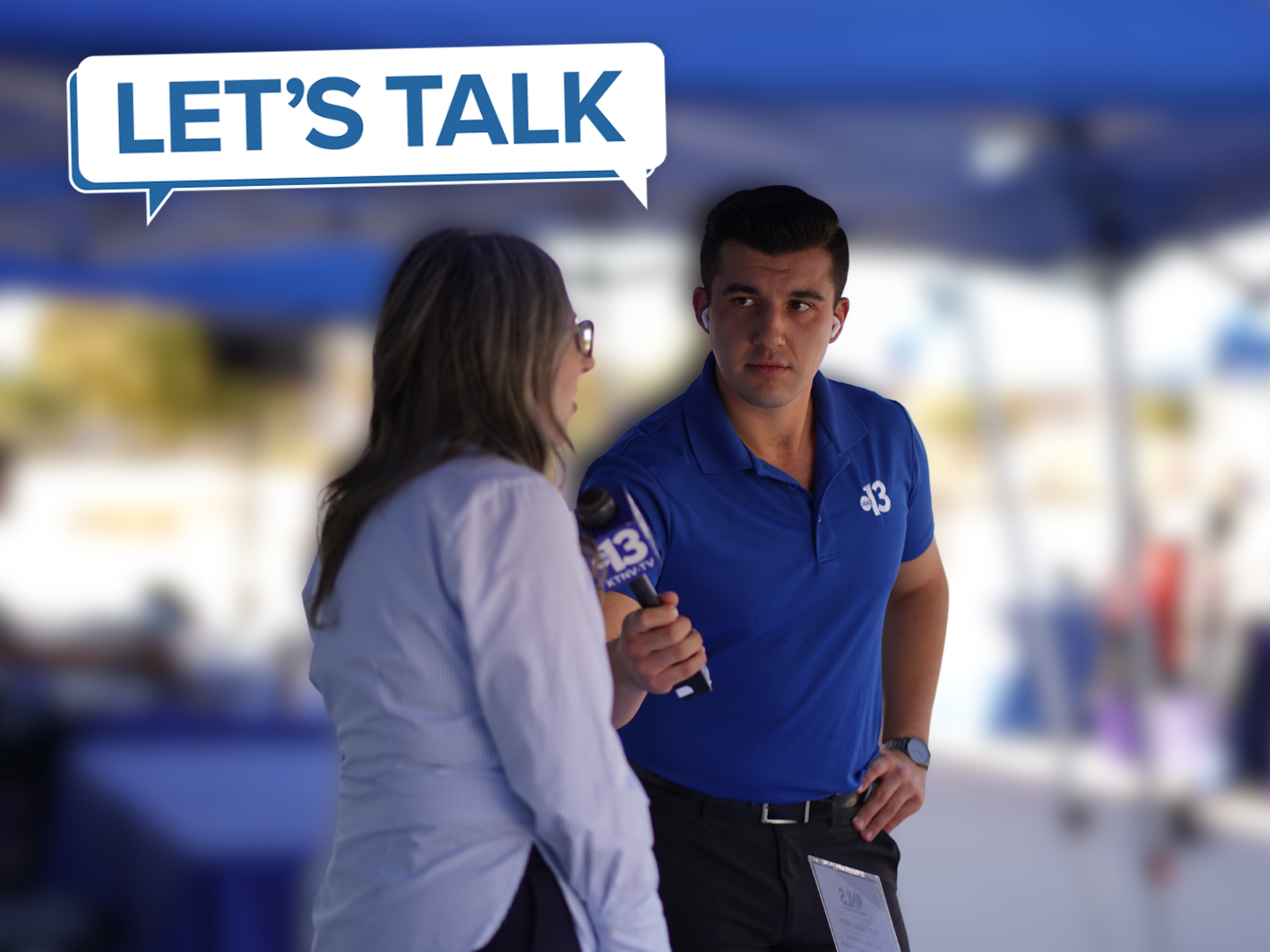LAS VEGAS (KTNV) — Food delivery robots at the University of Nevada, Las Vegas could start traveling off-campus.
On Tuesday, Clark County commissioners unanimously approved an ordinance that would allow the robots to make deliveries to students who live in off-campus housing. For example, apartment complexes near the school.
Some of the topics addressed in the ordinance include:
- Each personal delivery device operator must apply for a county business license
- Operator must provide a map of the service area where the devices will be operating
- Operator must provide general liability insurance coverage of no less than $500,000
- Robots can't go over five miles per hour and must have a braking device
- Robots can't go on highways unless crossing at an intersection or at a crosswalk
- No more than 50 robots can operate per Nevada System of Higher Education institution in Clark County
- Robots can't deliver alcohol or cannabis products
You can read the full ordinance below.
Where did the idea for food delivery robots begin?
Dr. Keith Rogers, UNLV's Vice President For Student Affairs, said the university has been looking at ways to address their food services model for years.
"We did a survey back in 2019 and 2020 and we found that of our 30,000+ students at UNLV, over 54% of those students face one or more insecurity, food being the largest representative of those insecurity categories," Rogers told commissioners. "One of the things that we decided we wanted to do was address access to food and being able to treat all of our services similarly for those students who live on campus and nearby in affiliated campus housing. We undertook the first stage of that, which was to experiment with our food delivery robot system."
UNLV teamed up with Starship Technologies and Grubhub to launch the robots in 2022.

How does it work?
Students can download an app on their phone in order to access UNLV menu options and select the food items that they want. That goes into a cart and after they pay for it, the robot is activated through Starship.
The robot is then sent to a pre-determined location where the robot will meet the person who made the order.
When the robot gets closer to that location, the person who ordered the food will receive a notification on their phone through the app. They can meet the robot and using the app, unlock a door in order to retrieve their items.
Why expand access to off-campus housing?
According to Rogers, the program has been "wildly popular."
"We have [made] over 3,300 deliveries on campus. We've also covered over 4,000 miles since Fall of 2022," Rogers said. "We're now at the stage where all of our students now really want to embed this as part of their student experience."
While food deliveries are only made on-campus right now, Rogers said the ordinance was needed to serve off-campus students.
"We still have nearly 2,000 students that don't have access to this convenient service," Rogers explained. "We're expecting to have another 1,000 students who seek to have access to this food delivery system in the near future."

Will this affect traffic and/or pedestrians near the UNLV campus?
Several traffic advocates brought up safety concerns, especially concerning sidewalks that aren't wide enough.
"The technology is ready but the road is not ready," said Patrick Breen with Stop Road Crashes, a local advocacy group. "For a real-life explanation, on Tropicana and Maryland Parkway, there were people that were competing on the crosswalk for the next bus that was coming and they were actually stepping out into the street to go around people who were waiting for the bus."
"Interacting on a narrow sidewalk when we're in a situation where we already have heavy pedestrian food traffic, bicycles who also use the sidewalk because they don't feel safe on the street, to then have to, on that same narrow sidewalk, interact with a device that isn't operated by someone who is right there makes me very nervous," said Erin Breen, the Director of the Road Equity Alliance Project. "It's not just the university setting. That's where we'll start but it's not where we end. As we move forward with new technology, it's important that we have ordinances such as this, which will protect every sidewalk user."
Commissioners said they have weighed the safety issues seriously and it will still be several years before the robots are seen going off-campus.
"This is an area where the infrastructure is not currently keeping up with the needs of the pedestrians in the area," Commissioner Michael Naft said. "I'm glad it won't be used on Maryland Parkway until this project is complete."
"There's a lot of work on Maryland Parkway so the adjoining streets are not available today. The sidewalks are not built for something like this," Commissioner Jim Gibson said. "We are all concerned about pedestrian safety. We've taken a lot of action at this board, at these meetings, over the past couple of years to ensure better pedestrian safety and this is a complication so we'll see how well we do and we hope we don't sacrifice people and lives or injury to those people as a consequence. We hope not. It will be interesting to see how it works over time on the campus itself."



